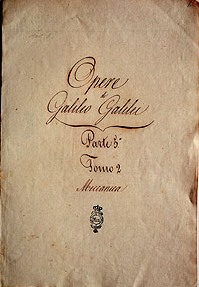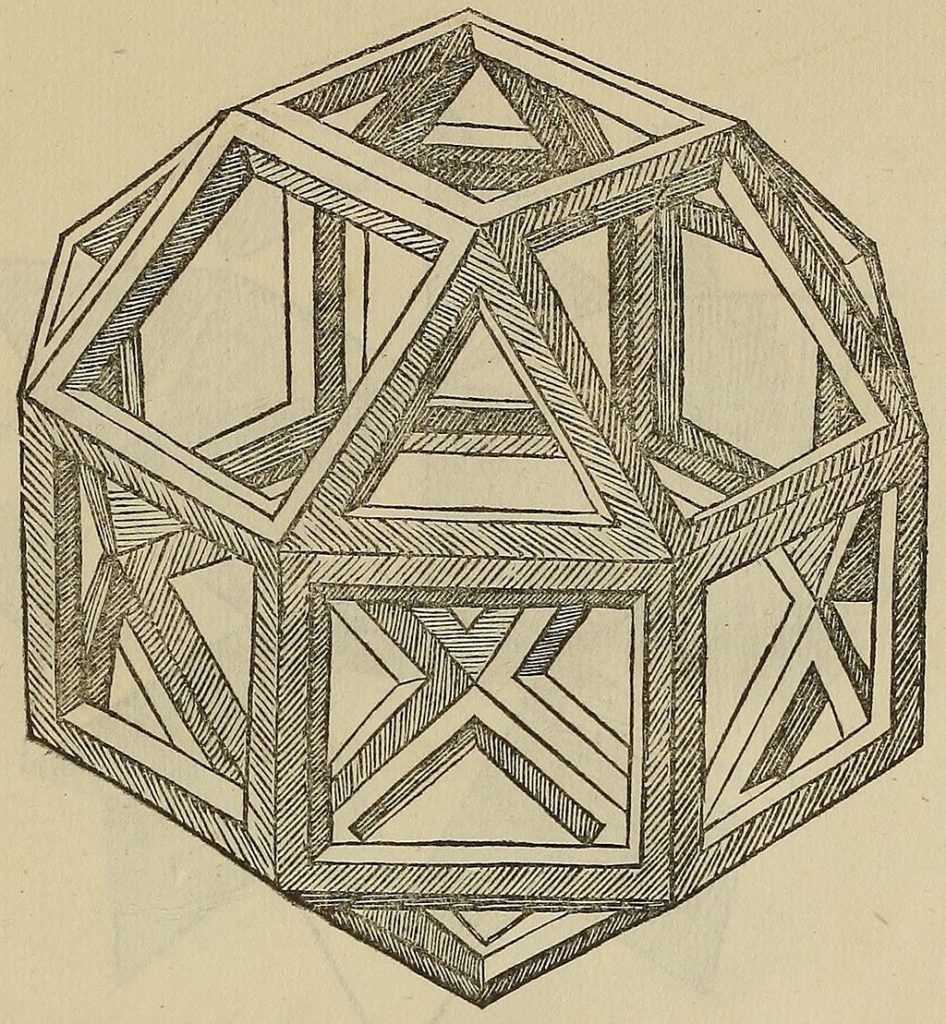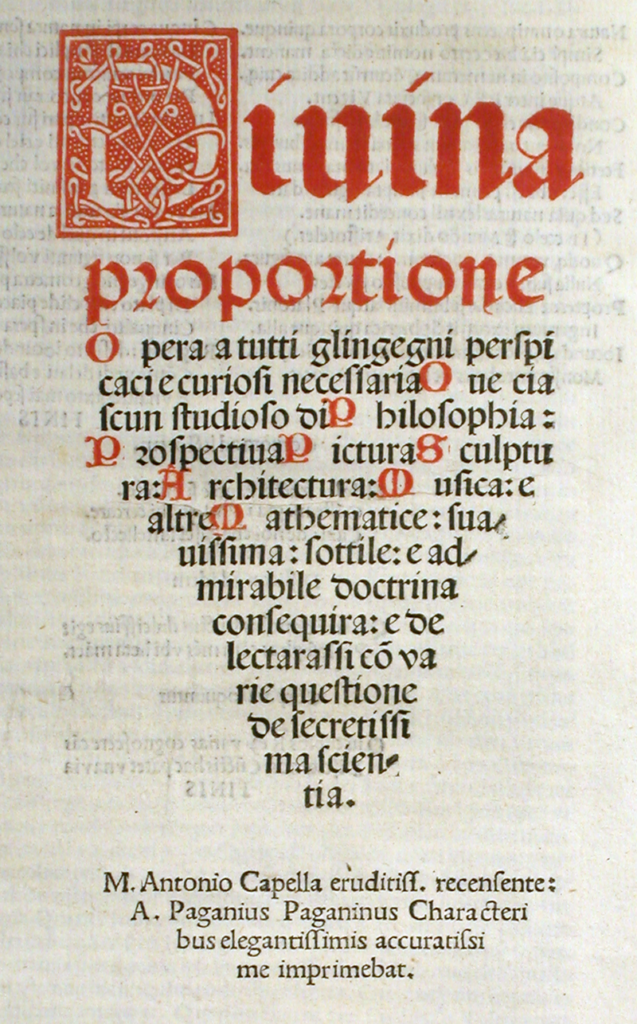Heaven and Earth Collide at the Turn of the Seventeenth Century
At the turn of the seventeenth century many new ideas were revolving in people’s heads. There were “celestial revolutions” taking place.
Left to right: Galileo Galilei, Lunar Landscape, 1609 Composite wash drawings; a page from one of Galileo’s notebooks
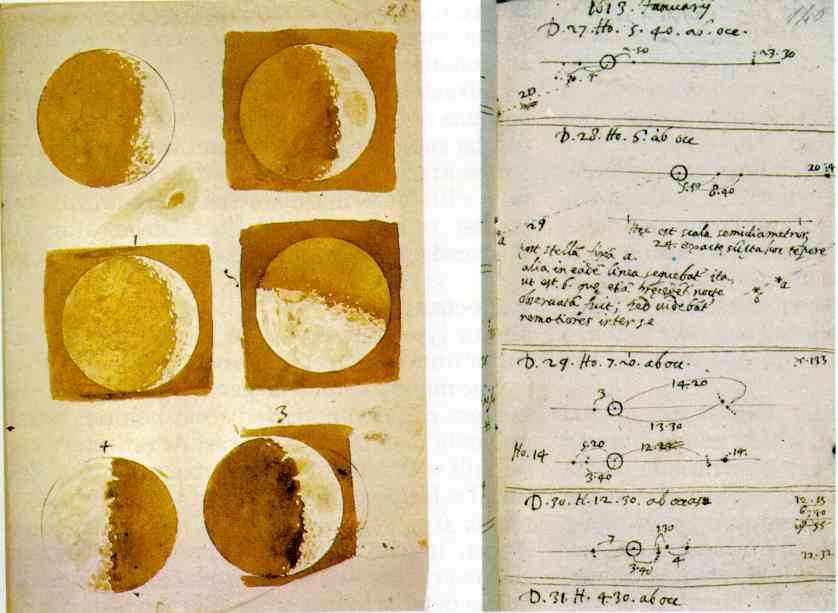
Calling themselves “natural philosophers,” men such as Bernardino Telesio and Tommaso Campanella explored natural phenomena, emphasizing the importance of gaining knowledge of the world through the evidence of the senses.
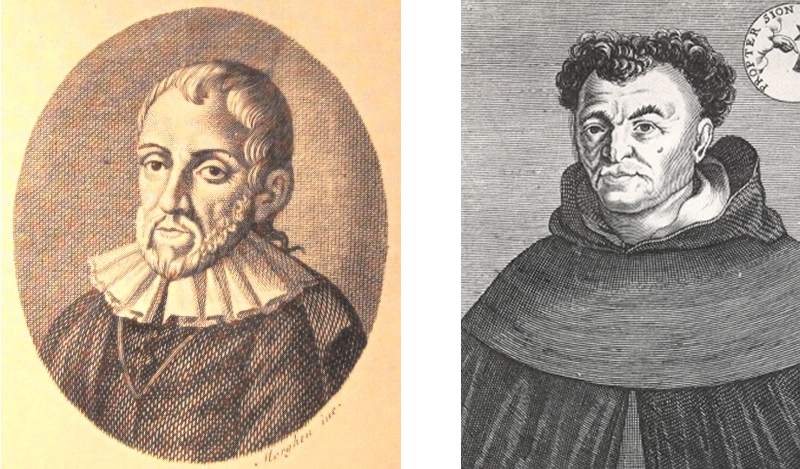
Because many of their ideas contradicted religious dogma, natural philosophers were often in conflict with the Holy Roman Inquisition. Campanella was imprisoned for thirty years.
Giordano Bruno was burned at the stake for his beliefs.
The leaders of the Catholic Church believed these new ideas threatened its doctrines and began to crack down on them. In 1559, censorship of books in the form of the Papal Index was instituted.

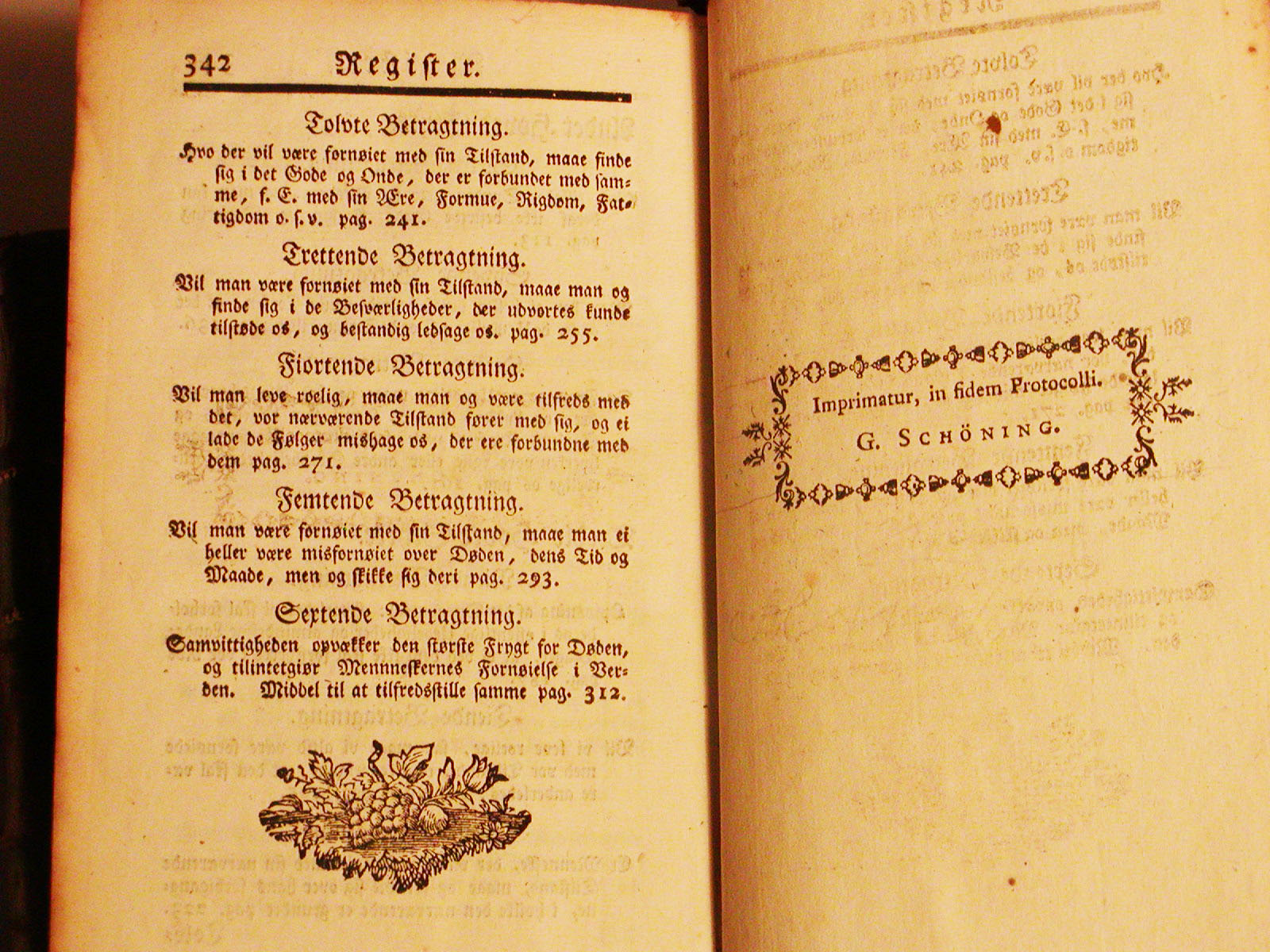
In order to be printed in the Catholic world, every book, no matter its subject matter, had to bear the “imprimatur” or official stamp of approval of the church authorities.
Despite censorship, during the 15th and 16th centuries Italians made enormous scientific and technological advances.

Often developments in mathematics or anatomy went hand in hand with artistic innovations. For instance Leonardo da Vinci illustrated Luca Pacioli’s text on mathematical proportions Divina proportione.
Both physicians and artists made detailed studies in anatomy.


On the left is a page of Andreas Vesalius’s De humani corporis fabrica, an illustration from Titian’s workshop; on the right is Agnolo Bronzino’s St. Bartholomew
Above all, one man—Galileo Galilei—forever changed how we would view our place in the cosmos.


More from Galileo’s Sidereus nuncius on the site: http://www.sil.si.edu/ondisplay/heraldsofscience/
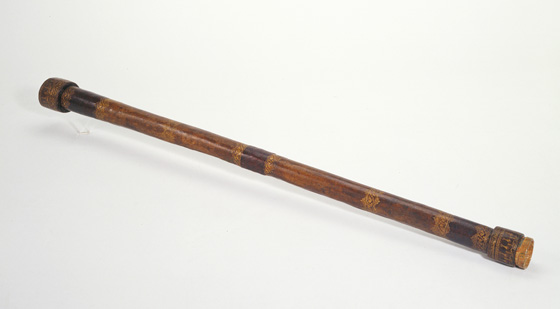
Galileo’s telescope
Here is a link to a site where you can view the original manuscripts of Galileo’s notes on motion:
http://www.mpiwg-berlin.mpg.de/Galileo_Prototype/INDEX.HTM
